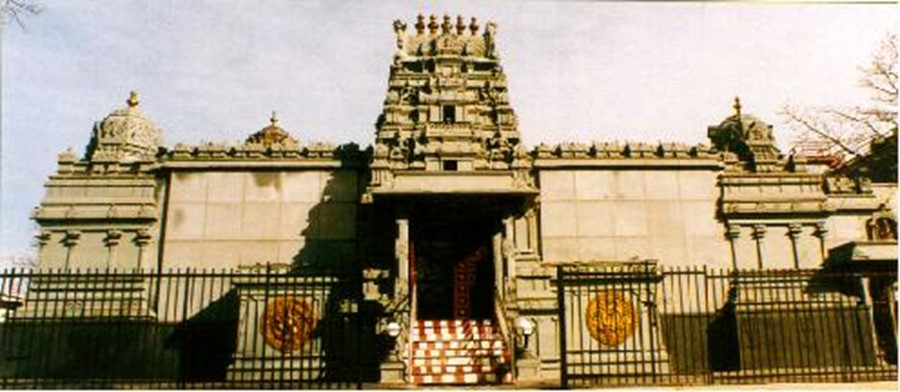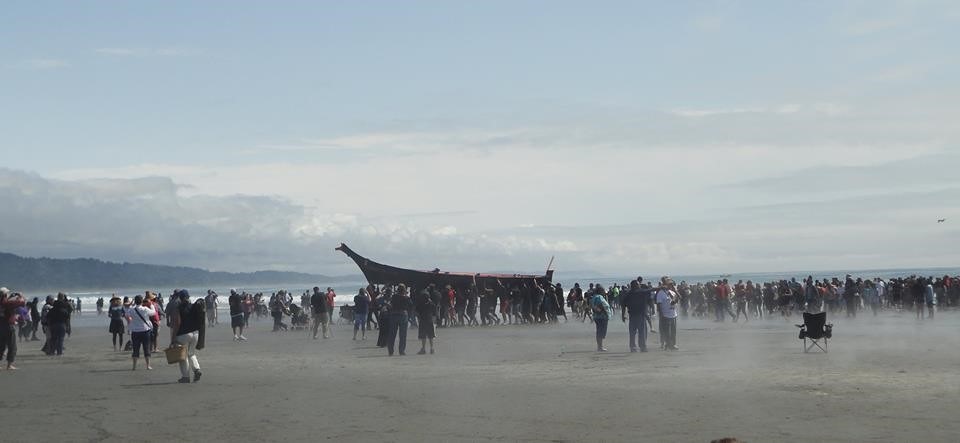Seeing Beyond, Activating Ourselves
I live in New York City — which is not just a cultural capital, but in America one of the leading centers of demographic change. Demographers have projected that in the United States by the year 2042, Black, Latino, Asian, and Native American people in aggregate will eclipse the historic majority Caucasian population. This flip will occur much earlier, in 2023, for the nation’s children under eighteen. And it has already happened in major urban centers, like New York, and in whole states, like California.
At the same time, our country has become more divided along racial and economic lines. Nicholas Kristof wrote recently in the New York Times about the shooting death of Michael Brown, an African American young man in Ferguson, Missouri. He made the stunning comparison that “in the last decade the United States now has a greater wealth gap by race than South Africa under apartheid.”1
Let’s look at how that wealth gap translates into the activation of space.
In Manhattan, a thirty-three-story high-rise is being built of condos that will each cost up to $25 million, with luxury amenities like concierge service, entertainment rooms, and river views. It will also have units for people making under $50,000, but they won’t have the same services, and they will enter through a separate entrance.2
I recently wrote about working in 1984 with the great writer James Baldwin. I was the last theater director to work with him. I directed his play Blues for Mr. Charlie, which was inspired by the death of Emmett Till and set in the Deep South during segregation. Baldwin really wanted this civil rights–era play to not be seen as sealed history. So following the Jim Crow conventions of that era, I activated the public lobby space and segregated the audience, who entered through two doors, “Whites Only” and “Colored,” and sat across from each other in the audience.
It was shockingly powerful. But that was theater. Now in New York, a half century after the legislated end of racial segregation, for-profit developers have brought back separate entrances to unequal facilities.
I started with this example to question the larger frameworks of inequality that define and divide publics — in the same city — and even those that may be living on the same block or literally under the same roof. But we in the institutional art world do it too. Let me show you what I mean.
I said before that I live in New York City, but specifically I live in Queens, one of New York’s five boroughs. Queens is likely the most diverse place on the planet, with 138 languages spoken. For example, there are more speakers of Bukhari in Queens than in Uzbekistan or Tajikistan.3 If you have ever been to New York City, you have probably been to Queens because both New York airports, JFK and LaGuardia, are located there. But most people jump in a cab and speed away to Manhattan, missing the opportunity to experience changing culture at the epicenter of New York’s demographic change.
The photo above shows a Russian Orthodox church in Flushing, Queens, in 1970. And the photo to the right shows the same street today, where the Ganesha Hindu Temple, now the largest Hindu temple in North America, is located. Over four decades, by purchasing linked lots, the Hindu community has transformed the neighborhood through “creative placemaking.” Their annual Ganesha Festival draws over ten thousand people.
The temple has developed an urban cultural campus that includes a senior center and a popular low-cost restaurant, which has been featured on chef Anthony Bourdain’s TV series No Reservations. And it boasts an arts complex with the only large (650-seat) theater in that heavily populated area of Queens. The arts facilities are open to use by all communities as long as they do not use alcohol or bring in nonvegetarian food. But the temple is off the radar of arts philanthropy because it does not function in a 501(c)(3) model or use arts sector terms.
For example, the temple and its sculptures have been built in stages by shilpi from India, very specialized artisans who live on campus for long periods of time. In the nonprofit arts world, this would be called an “international artist-in-residence program.”
Most impressively, the temple has been self-sustaining for forty years, supported by its twenty-two thousand members. This is an enviable number for any nonprofit trying to build an annual donor program. A parallel is the membership program of the Old Globe theater in San Diego or The Studio Museum in Harlem.
Let’s look at a very different example in the Pacific Northwest. There, over an enormous geography, from Alaska to British Columbia to Washington State, First Nations’ people have revived the canoeing traditions that connect them. This weeklong epic sea journey has grown to over a thousand paddlers, mostly youth, and upwards of fifteen thousand visitors at receiving communities.
Throughout the year, young people are the primary participants, learning the arts of canoe carving, regalia, drum making, dance — and preserving traditional science, navigation, language, and protocols. Tina Kuckkahn, head of the Longhouse Education and Cultural Center in Olympia, Washington, asserts that the Canoe Journeys have reversed a brutal history of miseducation and forced assimilation of generations of Native Americans. And like the Hindu temple, the Canoe Journey is self-sustaining. It is based in a barter-and-gift economy, within a culture of generosity for the communal good.
My point? I’m wondering how we might recognize and learn from public space that is already activated, functioning in a type of parallel universe, off the radar of philanthropy and the art world, yet possibly some of the most vivid and exciting examples of a potential creative future. The question of how to activate art in public space seems to inherently assume these public spaces are not already artistically activated, when in fact there are many stunning models around us — if we do not just speed by in a cab. But we in the institutional arts community — and I include myself as a funder — often do not see that as art unless there is an outside intervention. It is as though the culture is activated, but we are not activated — our imaginations, our definitions, literally our eyes do not see beyond certain boundaries. If we look beyond our conventional modes of arts production and consumption, we might see dynamic public space that significantly is sustainable because it is embedded in how people live.
I wonder what type of reinvention of ourselves might we have to undergo to understand and engage this change. To start, we need to rethink our lexicon — the inaccuracy or new meanings of accepted terms like minority, mainstream, and under-represented and more importantly the cultural assumptions and power structures behind them. What happens when what we have accepted as mainstream is just one of many rivers?
And what does this cultural reshaping mean for the evolution of our own identities? How can we subvert the narrative of resource competition and scarcity? Can we learn to operate from a culture of a shared future? And how will we create new strategies to redress inequity and enact a more just world?
I think these issues of changing demographics, of inequality, of division, and of wider aesthetics, innovative models, and fresh vision are not exclusive to America but are also relevant to many of the countries in the world, where culture and identity are shifting. The changing world is a challenge to the arts community and also a chance to connect in ways we have yet to imagine. This is an extraordinary and exciting time — if we can activate ourselves to engage with it.
NOTES
- Nicholas Kristof, “When Whites Just Don’t Get It,” New York Times, August 30, 2014, http://www.nytimes.com/2014/08/31/opinion/sunday/nicholas-kristof-after-ferguson-race-deserves-more-attention-not-less.html.
- Mireya Navarro, “‘Poor Door’ in a New York Tower Opens a Fight over Affordable Housing,” New York Times, August 26, 2014, http://www.nytimes.com/2014/08/27/nyregion/separate-entryways-for-new-york-condo-buyers-and-renters-create-an-affordable-housing-dilemma.html.
- Sam Roberts, “Listening to (and Saving) the World’s Languages,” New York Times, April 28, 2010, http://www.nytimes.com/2010/04/29/nyregion/29lost.html.




